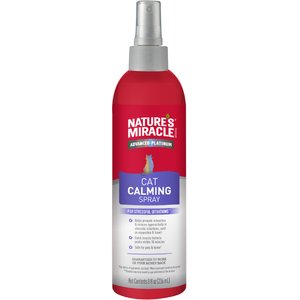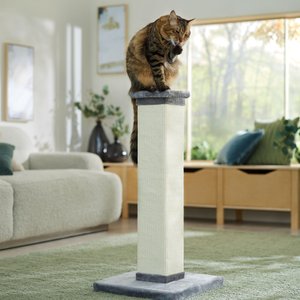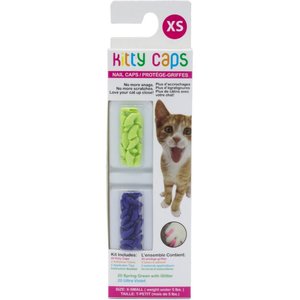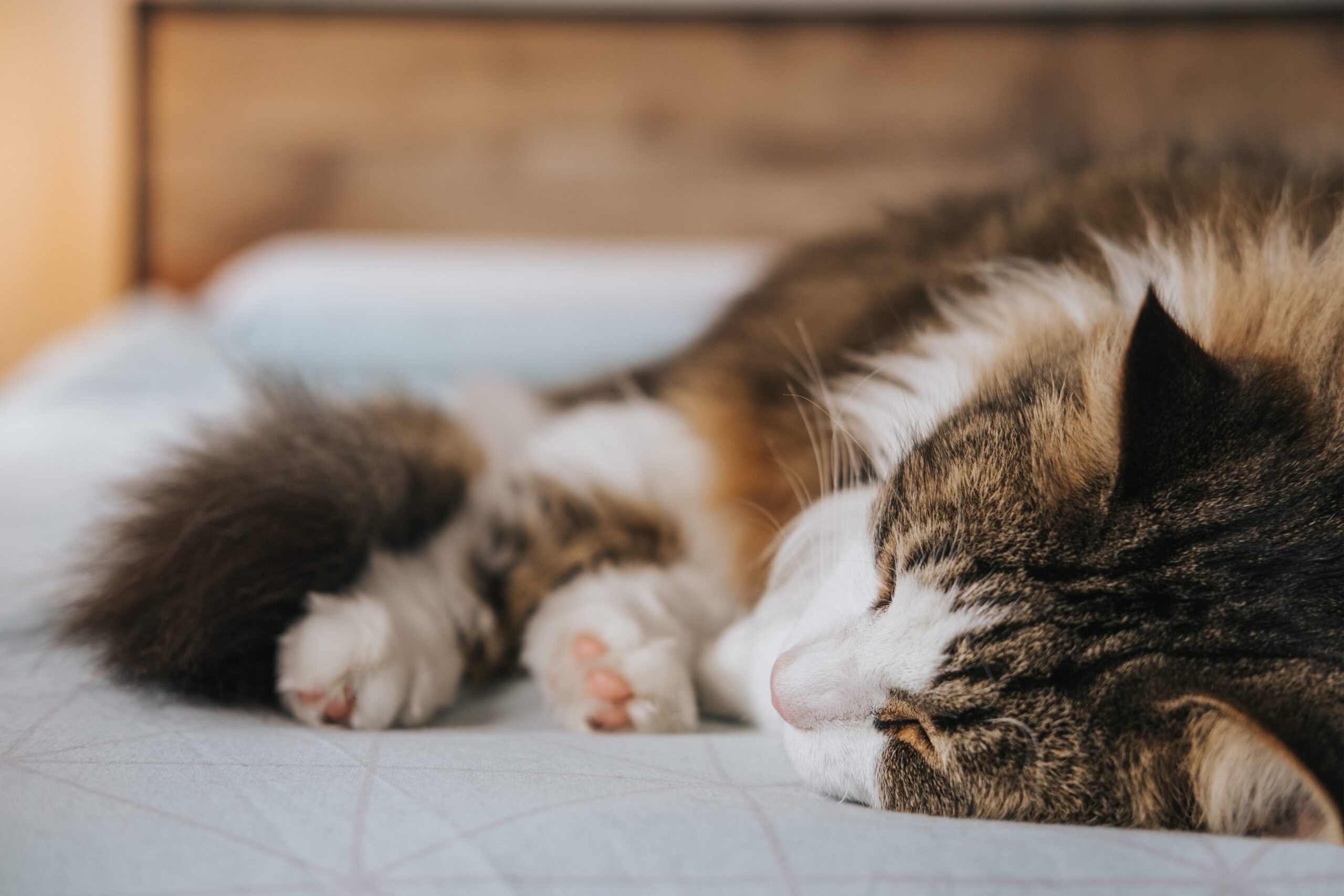Keep Cats from Scratching
Cats are amazing creatures, with their charming personalities, graceful movements, and cute meows. However, as much as we

love them, they can be quite destructive to our furniture. Scratching is a natural behavior for cats, and it is important to understand that it is not something they do out of spite or to annoy us. It is part of their instinctive behavior, and it is how they mark their territory, exercise, and keep their claws healthy. In this article, we will discuss some ways to keep cats from scratching furniture and redirect their scratching behavior to appropriate surfaces.
Provide a scratching post.
Cats need to scratch, so the best way to keep them from scratching your furniture is to provide them with a scratching post. A scratching post is a vertical post that is covered with a rough material, such as sisal rope or carpet, that cats can use to scratch. Make sure the post is tall enough for your cat to stretch out fully when scratching, and stable enough that it won’t tip over when your cat leans on it. Place the post in a prominent location in your home, such as near their favorite sleeping spot, and encourage them to use it by playing with them near it, rubbing catnip on it, or placing treats on top of it.
Some suggested scratching post to buy at our sponsor chewy
Cover furniture with a deterrent.
If you have a particular piece of furniture that your cat likes to scratch, you can cover it with a deterrent. Deterrents can be anything that cats find unpleasant to scratch, such as double-sided tape, aluminum foil, or a plastic carpet runner with the spiky side up. The idea is to create a surface that is unappealing to your cat and will discourage them from scratching. Be sure to choose a deterrent that won’t damage your furniture or leave a residue when removed.
Trim your cat’s claws.
Regularly trimming your cat’s claws can help reduce the damage they can do to your furniture. When cats scratch, they are not only sharpening their claws but also removing the outer layer of their nails, which can be quite sharp. By trimming their nails, you can reduce the sharpness of their claws and minimize the damage they can do to your furniture. Use a pair of cat nail clippers and make sure to avoid cutting the quick, which is the pink part of the nail that contains blood vessels and nerves. If you are unsure about how to trim your cat’s nails, ask your veterinarian for advice.
Provide alternative scratching surfaces.
In addition to a scratching post, provide your cat with other surfaces they can scratch. Cats like to scratch different textures, so provide a variety of surfaces, such as a cardboard scratcher, a horizontal scratching pad, or a tree stump. You can also create a DIY scratching post by wrapping sisal rope around a wooden post or a PVC pipe. By providing a variety of surfaces, you can help redirect your cat’s scratching behavior to appropriate surfaces.
The scratching pole pictured on the side is Frisco 33.5-in Sisal Cat Scratching Post, Gray
Use positive reinforcement.
Positive reinforcement is a powerful tool in training cats. When your cat uses the scratching post or an appropriate scratching surface, reward them with praise, treats, or playtime. This will help reinforce the behavior and encourage them to continue using the appropriate surfaces. If your cat scratches the furniture, redirect them to the appropriate surface and reward them when they use it.
Use pheromone sprays.
 Pheromone sprays are a natural way to help calm your cat and reduce their anxiety. Cats release pheromones when they rub their faces on objects, and these pheromones have a calming effect on cats. You can purchase pheromone sprays that mimic the natural pheromones that cats release and spray them on the scratching post or other appropriate surfaces. This will help attract your cat to the appropriate scratching surfaces and encourage them to use them instead of the furniture.
Pheromone sprays are a natural way to help calm your cat and reduce their anxiety. Cats release pheromones when they rub their faces on objects, and these pheromones have a calming effect on cats. You can purchase pheromone sprays that mimic the natural pheromones that cats release and spray them on the scratching post or other appropriate surfaces. This will help attract your cat to the appropriate scratching surfaces and encourage them to use them instead of the furniture.
Provide enough exercise and playtime.
Cats need exercise and playtime to stay healthy and happy, and it can also help reduce their scratching behavior. If your cat is scratching your furniture out of boredom or frustration, providing enough exercise and playtime can help redirect their energy and reduce their desire to scratch. Play with your cat regularly, provide them with toys and interactive games, and make sure they have enough space to run and climb.
Check out nice toys to play with your cats.
Keep their nails trimmed.
Keeping your cat’s nails trimmed can help reduce the damage they can do to your furniture when they scratch. It can also help prevent them from accidentally scratching you or other members of your family. If you’re not comfortable trimming your cat’s nails yourself, ask your veterinarian or a professional groomer for help.
Consider nail caps.
Nail caps are small plastic covers that fit over your cat’s nails, preventing them from scratching your furniture. They are available in different colors and sizes and can be applied easily at home. Nail caps are a safe and humane way to prevent your cat from scratching, but they do require regular maintenance, as they will eventually fall off as your cat’s nails grow.
Use deterrent sprays.
If your cat is particularly stubborn and continues to scratch your furniture despite your best efforts, you can try using deterrent sprays. Deterrent sprays are designed to have an unpleasant odor or taste that cats dislike, and can be sprayed on the furniture or other areas you want to keep your cat away from. However, make sure to choose a safe and natural spray that won’t harm your cat or damage your furniture.
Some suggested deterrent sprays to buy at our sponsor chewy
In conclusion, cats are natural scratchers, and it’s important to provide them with appropriate scratching surfaces to redirect their behavior. By providing a scratching post, covering furniture with a deterrent, trimming their claws, providing alternative scratching surfaces, using positive reinforcement, using pheromone sprays, providing enough exercise and playtime, keeping their nails trimmed, considering nail caps, and using deterrent sprays, you can keep your furniture safe and your cat happy. With a little patience and persistence, you can train your cat to scratch in appropriate areas and prevent damage to your furniture.
Remember, a happy and healthy cat is a well-scratched cat!
This content may contain links to products, software and services. Please assume all such links are affiliate links which may result in my earning commissions and fees.



